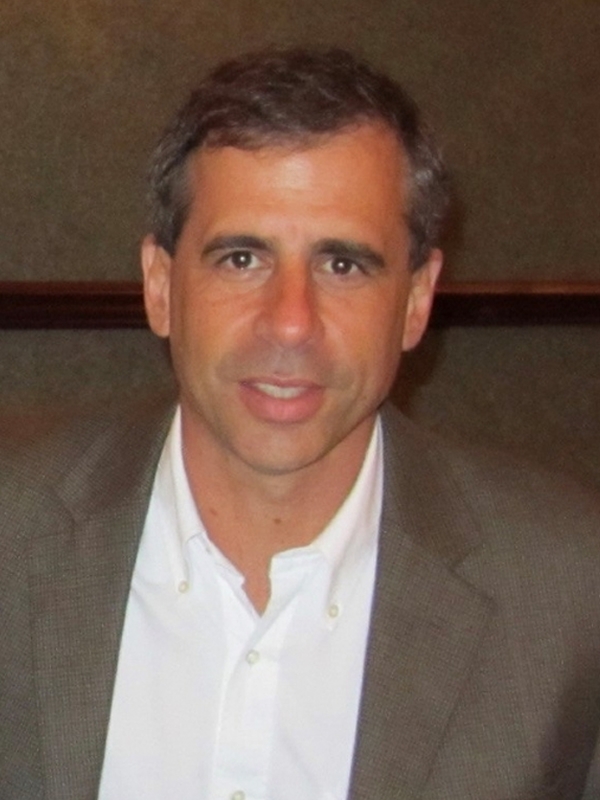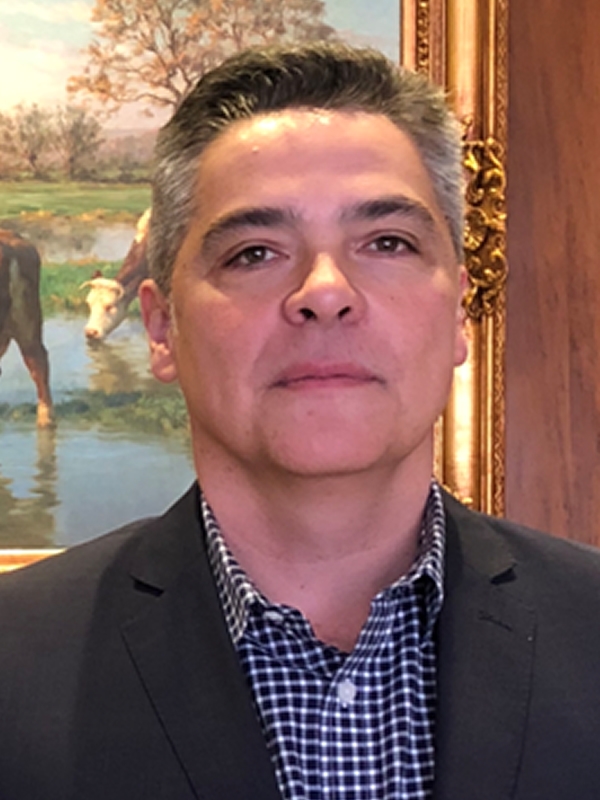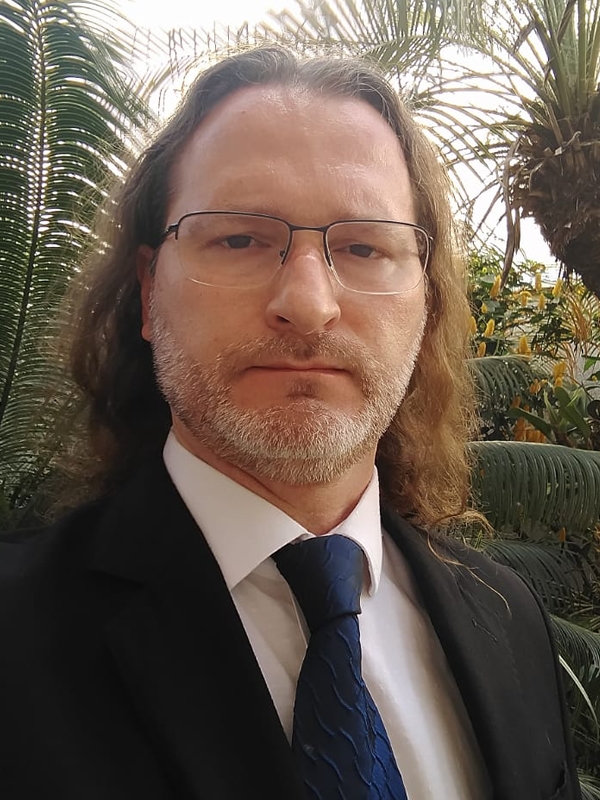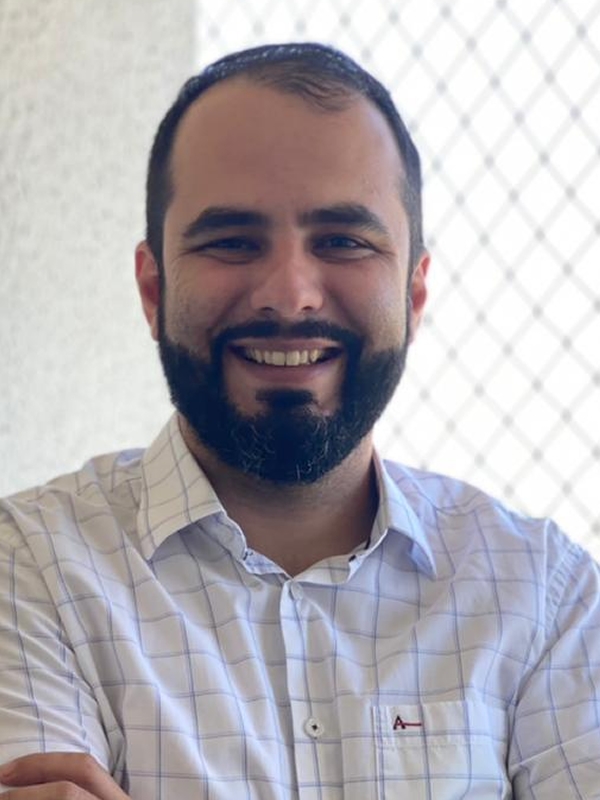Meet the Team





1986 RLM is a cattle nutrition recommendation program that has been under development since 1986, when the first experiments to evaluate the nutritional requirements of beef cattle (Bos taurus indicus) began at ESALQ in partnership with the Instituto de Zootecnia (IZ).
1989 In 1989, an agreement between ESALQ and Cornell University initiated work aimed at translating research results into a cattle nutrition recommendation system. The idea from the beginning was to address the lack of an "NRC" or "ARC" in Portuguese that could be used under the conditions of Central Brazil.
1994 In 1994, this research effort gained momentum with the partnership of FAPESP, and the dream of "programming" the results of field research began to become a reality.
1996 In 1996, the first program was compiled (RLM 1.0), but it was not yet robust enough nor validated with experimental data to allow its distribution to professionals. The RLM 1.0 was made available to professors, researchers, and graduate students who tested the system. Part of the research work used (e.g., Lanna et al., 1994) contributed to the National Research Council of the USA in developing the 1996 Beef Cattle Nutrition Recommendations (NRC, 1996).
1999 In 1999, the RLM was improved, validated with national research data, and the revised version (RLM 2.0) was made available to producers, extension agents, and consultants.
2005 In 2005, the RLM was completely redesigned in partnership with the company Integra Software, which was responsible for modeling, programming, and documenting the new system. In the RLM 3.0 version, the spreadsheets were revised, and the software was converted to a Delphi application, with a relational database, a new user interface, and a new optimization module. With this update, the software gained stability, ease of use, and compatibility, resulting in a significant leap in quality.
2008 In 2008, the RLM was awarded second place in the USP Innovation Olympics in the Information and Communication Technology category. Among the 399 proposals in various fields of knowledge in the competition, the RLM was among the 21 best-awarded projects, demonstrating competitiveness and originality.
2011 In 2011, the first step was taken toward the development of RLM Leite, driven by national demand and the group's experience with RLM Corte.
2012 In 2012, the project and the development team for RLM Leite were consolidated. In the same year, the structure of the model based on the National Research Council (NRC, 2001) was established.
2013 In 2013, the basic structure of the new model for predicting dry matter intake (DMI) and nutrient requirements for lactating cows was finalized. That year, the model was adapted for calculations of dry matter intake with adjustments for temperature, nutrient requirement calculations, dynamic calculation of rumen degradable protein (RDP), dynamic calculation of net energy, calculation of total digestible nutrients (TDN) using Weiss's method, calculation of energy balance, and inclusion of starch and physically effective neutral detergent fiber (peNDF) in feeds. A library of feeds based on traditional ingredients used in dairy cattle diets in Brazil was organized and incorporated into the model. In 2012 and 2013, several versions of RLM Leite were made available for evaluation and feedback.
2014 - Hoje In 2014, the first version of RLM Leite was launched. The frequency of updates and testing was intensified to adapt the software according to user demand.
Complete, Intuitive, and Award-Winning
SANTANDER ENTREPRENEURSHIP AWARD
SANTANDER SCIENCE AND INNOVATION AWARD
Developed at the Superior School of Agriculture “Luiz de Queiroz” – ESALQ, USP
Contact
2025 RLM - Ração de Lucro Máximo - All rights reserved.
RLM Pesquisa em Otimização Agropecuária e Ambiental Ltda
CNPJ: 38.386.796/0001-35
by index soluções

